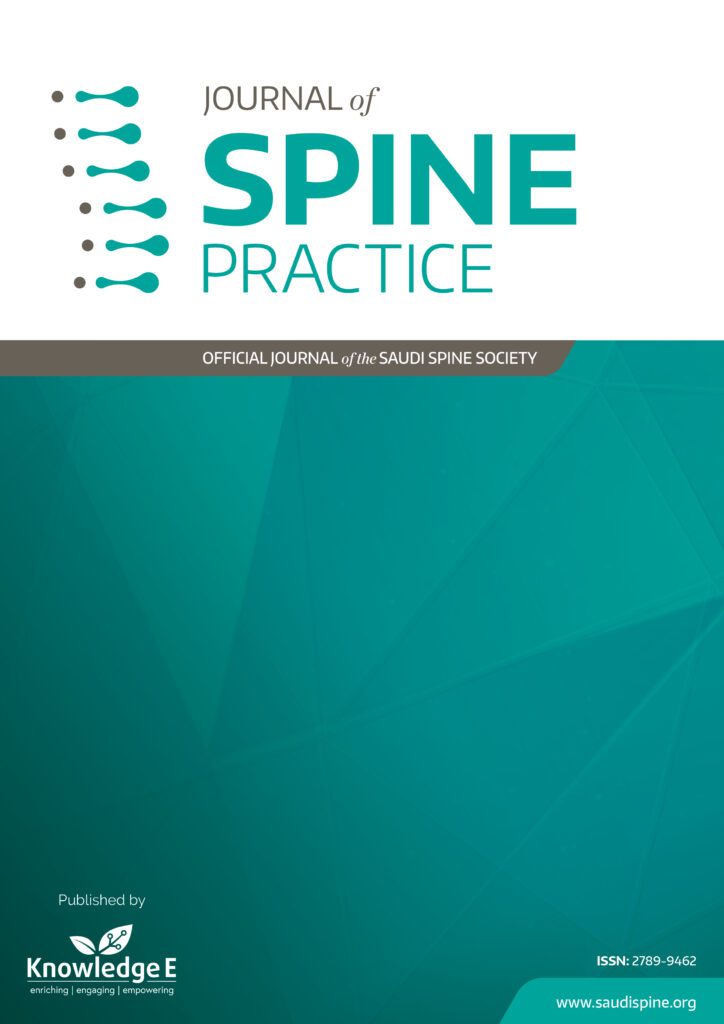
Journal of Spine Practice
ISSN: 2789-9462
Leading research in all spine subspecialties focusing on orthopaedic spine, neurosurgery, radiology, and pain management.
Management Approach Combining Prognostic Screening and Targeted Treatment for Patients with Low Back Pain Compared with Standard Physiotherapy: A Systematic Review & Meta-analysis
Published date: Nov 07 2021
Journal Title: Journal of Spine Practice
Issue title: Journal of Spine Practice (JSP): Volume 1, Issue 1
Pages: 7
Authors:
Abstract:
Introduction: Research evidence suggests that a stratified care management approach is better at improving clinical and economic outcomes for low back pain (LBP) patients compared with usual care in the short term. However, it is unclear if these health and economic benefits are sustainable in the longer term. The aim of this study was, therefore, to determine the effectiveness of stratified care compared with standard physiotherapy for LBP treatment.
Methodology: A comprehensive search was undertaken of seven electronic databases (CINAHL, MEDLINE, Pedro, EMBASE, PsycINFO, Cochrane Register for Controlled Trials, and Web of Science with full text). Although no time limits were applied, studies were limited to English language publications and those involving human participants only. Study selection, data extraction, and appraisal of study were independently undertaken by both reviewers (CO and LE).
Result: In total, 6842 patients (aged 18 years and above) were included in the eight trials reviewed; four were randomized controlled trials (RCTs) and four were non-RCTs. The pooled analysis of three studies (n = 2460) demonstrated a strong evidence in favor of stratified care over standard care at improving overall pain (Weighted Mean Difference (WMD) [random] 0.46 [95% CI 0.21, 0.71]; P < 0.0003), with overall effect (Z = 3.6) and (Roland-Morris disability questionnaire (RMDQ) scores (WMD [random] 0.71 [95% CI 0.05, 1.37]; P < 0.03), with overall effect (Z = 2.11) at three-, four-, and six-months’ follow-up periods.
Conclusion: This current review demonstrated that a stratified care approach provides substantial clinical, economic, and health-related cost benefits in the medium- and high-risk subgroups compared with usual care. Further research is needed for longer-term benefits.
